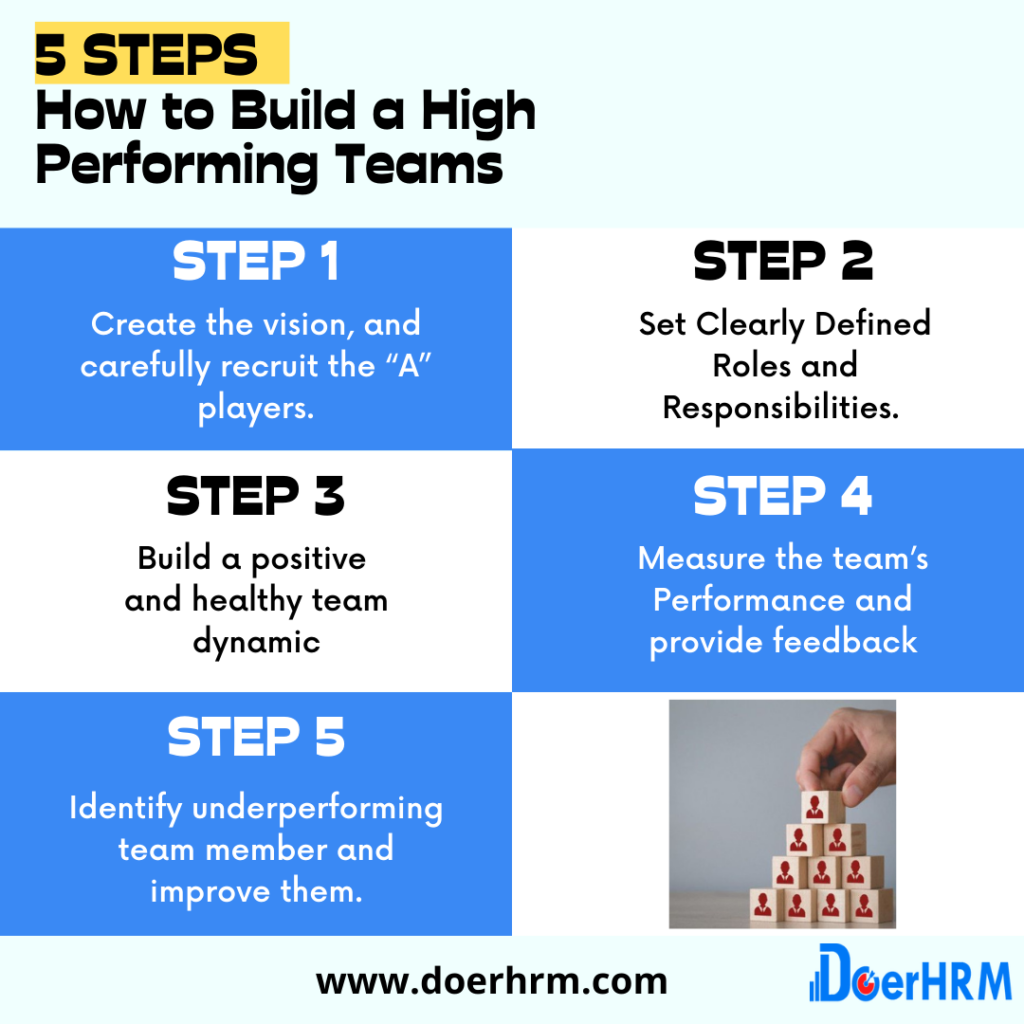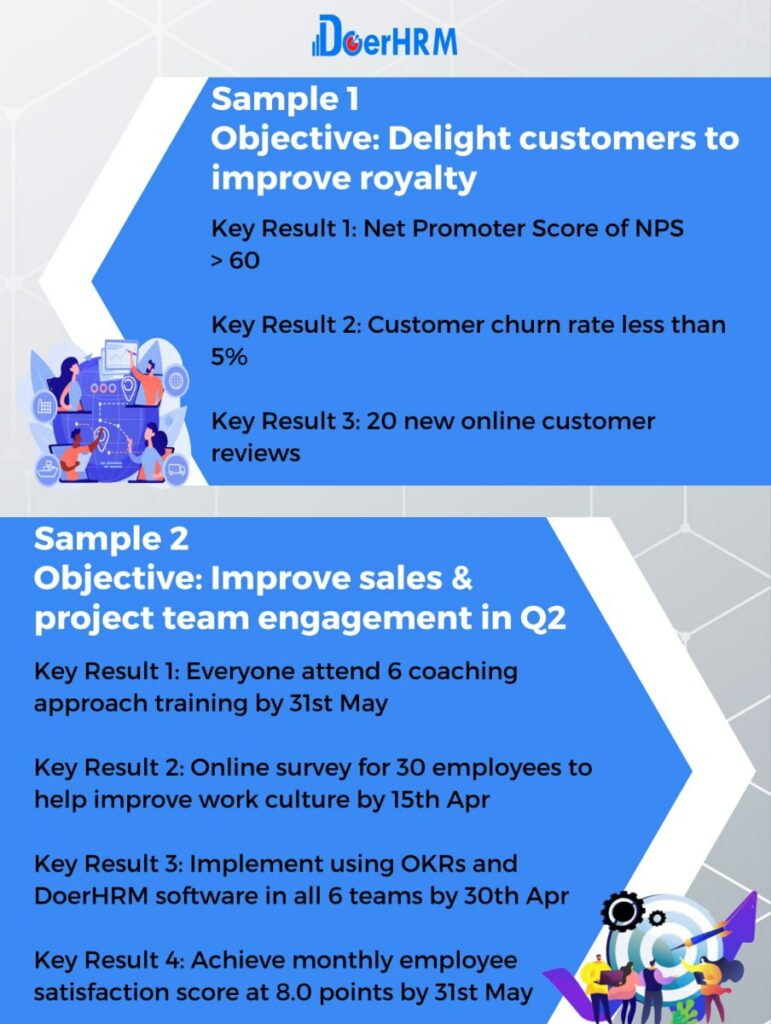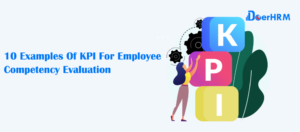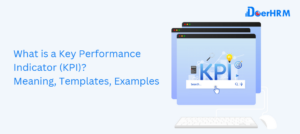
High performing teams basically are aligned with and committed to a common purpose, who consistently show high levels of collaboration and innovation and of course, produce superior results. In this episode, I am going to talk about how to build a high performing team.
A high performing team is a team that make you love to come to work every morning, a team that charge you up with energy, and a team that encourage you to accomplish goals you never thought possible. In the company, you have this great sense of belonging and believe that others will be covering your back. The team made work fun to do, exciting and it is an adventure every day.

Have you ever been part of a great team or led any high-performing team that was enthusiastic and a goal-getter? No worry, if your answer is a no, because you can build a high-performing team by following these in 5 steps
To learn how OKRs can help take your team to the next level, enroll in our OKR Mastery course and earn a 35% commission when you invite others to join this course!
Step 1: Good business leaders create the vision, and carefully recruit the “A” players. Here are some tips for choosing the best people for your team.
First look for a good communicator, the one who know how to listen, reply, and respect others.
Second, you want a well-Organized and Self-Disciplined person
Third, only hire the best fit for the role and for the team, with the right experience, skills, and proactive attitude, meeting the requirements and expectations
Fourth, is to find People that are willing to commit to working hard and smart, including bearing the risks, setbacks, fear and boredom.
Lastly, you can assign a small test or work sample to see how they perform during interview, and we usually recruit our team members from Malaysia no. 1 recruitment site Jobstreet.co or turning an Internship into a full-time colleague.
Step 2: Set Clearly Defined Roles and Responsibilities. It is important to see that the roles and responsibilities assigned to teammate are fit for their expertise. This will help to set accountabilities
Step 3: Build a positive and healthy team dynamic. To do that, it is a must that all members understand and agree to team objectives and goals to promote buy-in. You can use a popular tool OKR, Objectives and Key Results to help shape the character of a team so that the members can achieve success. With this business practice, leaders create OKRs every quarter, or sometimes by the month. Here is the illustration with two examples of OKRs. At the top of the triangle, it is the Company OKRs, then they are cascaded down to each department to become the team OKRs, and further split to individual OKRs. And the OKR samples, with clearly stated objectives and the milestone goals of key results

Step 4. Measure the team’s Performance and provide feedback. To know the team’s performance, we can use tools like OKR or KPI. Here, OKR is the preferred tool for goal management framework for our discussion. Measuring is important, but measure what you need to measure and measure it the right way is very important to get the right results. Let’s refer to a section of OKR with focus on how we can measure and track the progress of key results. As you can see, the key results from doerhrm use % of completion and smiley to gamify the progress tracking.
By referring to that set of key results, we talk about progress, expectations, discuss the success and setbacks. And with DoerHRM’s PPP, Progress, Problem, Planning we go for daily updates couple with weekly 1 on 1 coaching. In this way, managers can uncover employee challenges so that they can offer timely support to handle the problems that might be affecting work performance.
By having OKR together with PPP in one platform, it allows managers to stay close with employee feedback and responding in a way that re-aligns employees with the team’s objectives. Remember, whenever the goal is not achieved, address the Whole Team Instead of Pointing Fingers (X) to Individuals! The right thing to do is, look for ways to improve for the next quarter. And, it is the responsibility of the team leader to ensure the members are motivated and energized to achieve the key results.
Step 5. Identify underperforming team member and improve them. OKRs from DoerHRM help keep a record of the progress of the task they perform as “doer action” so leaders could easily set structured task’s goals and keep track of them with 80/20 strategy, where the key 20% of activities produce that desired 80% of results.
If the numbers do not meet the standards set, instruct and guide the teammate to accomplish it. And also, encourage them to push the limits to meet their goals or close the gap! Because after all, a team leader helps to lift up the team’s success by bringing together both high-performing team members and low-performers under one umbrella.






